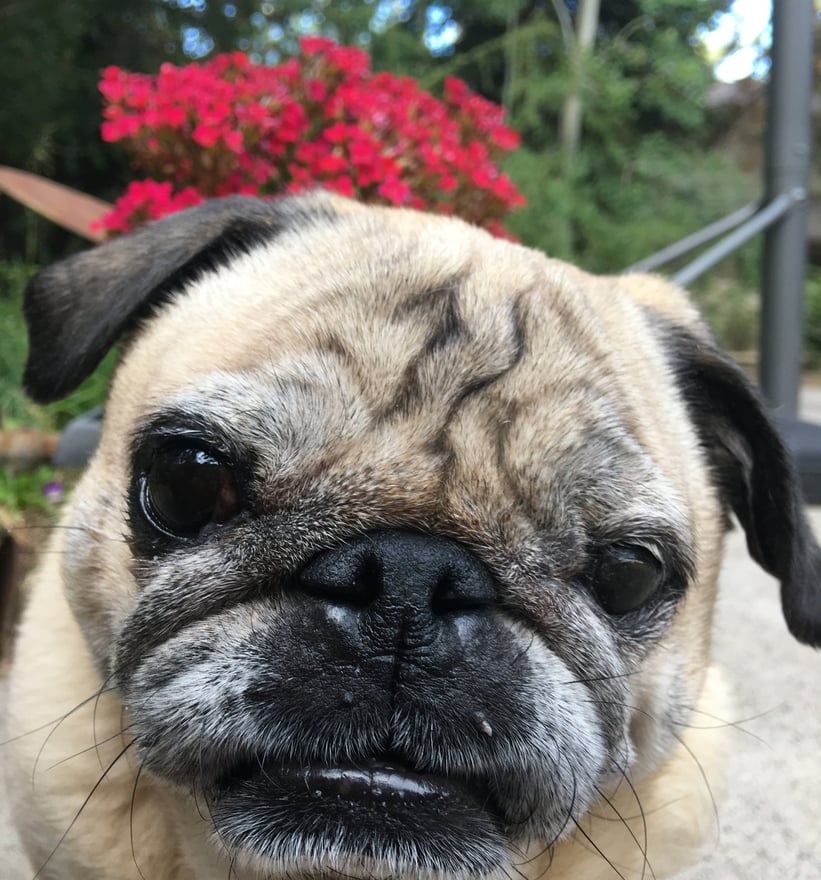The Crucial Role of Palliative Care for Our Aging Pets
Caring for an aging pet is one of the most profound acts of love we can offer. My journey into animal hospice began with a Siamese named Pandora, but it quickly became a calling—providing comfort, companionship, and dignity to pets in their golden years. From medication routines to gentle mental stimulation, every small act makes a difference. This post explores the importance of palliative care for pets, honoring their needs as they age, just as they have always cared for us. Because love doesn’t end with youth—it deepens with time


Understanding Palliative Care for Elderly Animals
I became interested in hospice for animals while working for a veterinary hospital shortly after college. Pandora was a siamese who came in once or twice a week for fluids. She was carried by her elderly owner who was also taking care of his wife at home. I suggested perhaps one day when she needed her fluids, I'd just pop by after work, get her all taken care of, and save him a trip. Thus a love was born. She still complained about getting her fluids (she was a siamese cat after all), but not having the extra stress of a car ride, a vet visit and another car ride, I'm sure she appreciated. She told me. As I extended my services, I found it wasn't always medicine that was needed. Sometimes pet parents just wanted some company while they were out of town, working long hours, or just needed a break. It is so important to remember that we have shared many years with our critters and aging is scary.
"That couch didn't move but I'm bumping into it now."
"I can't hear you call me anymore and I'm scared when I wake up."
"I don't feel very well and this walk is going to be hard for me to do."
Palliative care is a form of care that provides symptom relief, comfort, and support to individuals living with serious illnesses. And it isn't just for people! Providing palliative care for aging pets plays a vital role in ensuring a high quality of life for our beloved companions. As our pets grow older, they may face a myriad of health challenges that necessitate special attention and care. This branch of veterinary medicine focuses not only on treating specific ailments but also on providing comfort and support to both the pet and the owner. Offering a nurturing environment enables pet owners to optimize the overall health and welfare of their elderly animals. We provided for all their needs as they grew up in our family and it's so important we remember their specialized needs at this stage in their life.
The Importance of Medication Administration Routine
One of the key elements in the effective management of senior pet health is the establishment of a medication administration routine. Regularly administering prescribed medications ensures that you as a responsible owner meet your animals' physical needs consistently. Moreover, a stable routine can alleviate anxiety in pets, providing them with a sense of security. It is essential to adhere to the prescribed schedule, as even minor deviations could compromise the effectiveness of the treatment. Furthermore, creating a calming environment during medication time can enhance the pet's cooperation and overall experience. No one likes taking medicine but we can make it easier! I highly recommend liver sausage.
Enhancing Quality of Life Through Mental Stimulation and Exercise
I'll admit, some of my charges love Harry Potter as much as I do. Reading out loud, talking to them, just communicating with whatever form they best respond to can do wonders for the mental well being of our pets. While maintaining a routine with fluids and medications is crucial, it is equally important to engage elderly pets in stimulating activities. Providing companionship and mental challenges ensures that our aging companions remain emotionally fulfilled. Simple activities such as interactive toys, gentle play, or puzzles can help keep their minds sharp while also strengthening your bond. Physical exercise, even if minimal, is beneficial for their physical and mental health. Regular walks or light stretches can enhance mobility and maintain their energy levels. Additionally, ensuring that hydration needs are met within this stimulating routine will support their overall well-being. Caring for our pets in the end of life stage is so difficult, but by providing these truly basic necessities, we can honor their life and show our appreciation for so many walks, cuddles and immeasurable love they have given us.
Featured photo : Augustus Leopold (aka Simon, Mustard, Leo). My beloved blind, deaf, 15 year old pug whom I said goodbye to two weeks before welcoming my son.
Its ok, I'm crying a little too.
~Laura Angell
